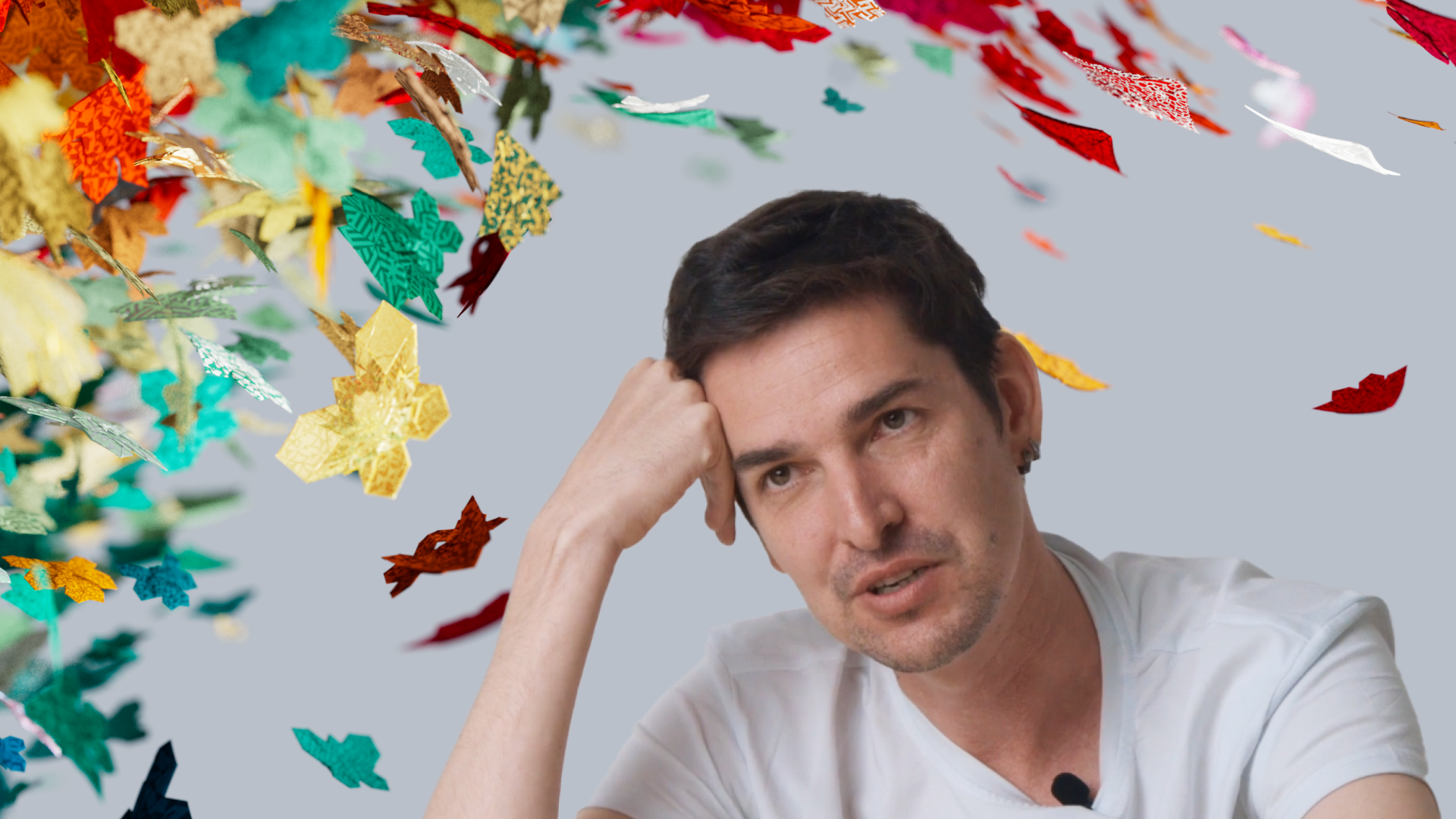"It’s easier to create one beautiful picture than thousands of them."
Danil Krivoruchko discusses the significance of generative artwork and the process behind the Life in Our Minds NFT collection

We spoke to the creative force behind Life in Our Minds NFT collection, Danil Krivoruchko. An award-winning and Emmy-nominated artist, Danil discusses the significance of generative artwork and the process behind LIOM.
One unique artwork vs thousands
“People tend to underappreciate generative art collections: “You push the button and get thousands of pictures, they can't be as valuable as one very elaborate artwork! And where is the artist in generative art?”
For me, it’s the contrary. It’s much easier to create one beautiful picture than to create a thousand of them. You can work for days on one picture, making it more and more refined, but it will always be just one image over which you have 100% control. Only the moment you decide it’s perfect does it become finished, fixed, and shown to the world.
On the other hand, generative art collections need you to create hundreds or thousands of pieces all of the same high-quality level. You need to make sure that the whole collection is diverse, with each piece being unique, while also ensuring one can tell that they belong to the same project. All of them should be equally visually interesting, and it’s so much harder as you don’t have control of the final view and final combination. When you do 1x1, you may render it and manually pick the best visual features. In collections, you have to mentally take into account all possible scenarios and make sure that every scenario actually works.
Turning a Flock into NFT collection
LIOM collection is the most complex project I have worked on so far.
Here, I was mostly responsible for the mechanics and visuals of the LIOM NFTs, while Random came up with the idea of the Flock. I tried to translate this idea into an NFT collection and connect all the parts together in a logical way.
A flock is a group of unique individual elements, so I tried to decompose it. The Flock only looks interesting if there are thousands of elements in it, so it gave me the idea that each NFT should comprise more than one Boid. I was looking for a beautiful way to organize these Boids and came up with the idea of animated mandalas with multiple Boids contained in the shape.
The Flock is always moving, so I decided to represent this dynamic in Boids and NFTs evolving with time. The NFTs are constantly updating dynamic 3D videos and we have to render each update. I had to make many optimizations to keep the NFTs looking sophisticated while still being able to render them fast enough and keep the cost of these updates reasonable. From a technological point of view, it was an exciting puzzle to solve.
Paper hands and the true NFT collectors reward
LIOM NFTs grow while you keep them, and in this way, I wanted to reward the true NFT collectors. There is this trend in the NFT space called “paper hands,” which is when people buy and immediately sell NFTs with the only aim being to make a fast profit. So instead of rewarding these traders, I decided to encourage “golden and diamond hands,” who are collectors that prefer to keep what they have.

